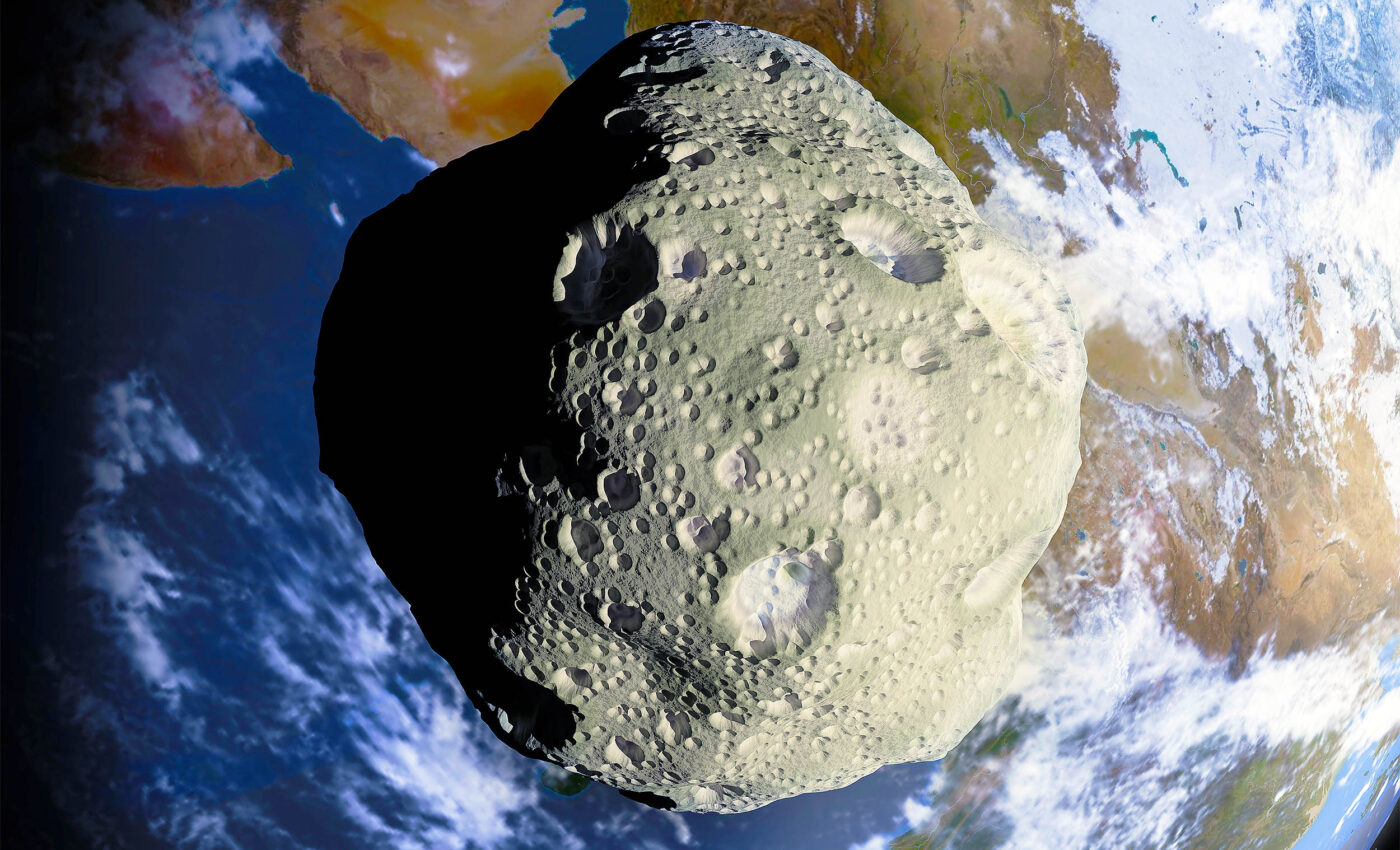
Water molecules discovered on an asteroid for the first time
For the first time, water molecules have been detected on the surface of silicate-rich asteroids. In a unique study that marks a significant stride in space exploration and understanding, scientists utilized data from the now-retired Stratospheric Observatory for Infrared Astronomy (SOFIA) to make a remarkable discovery.
This finding, derived from a collaboration between the Southwest Research Institute, NASA and the German Space Agency at DLR, sheds new light on the composition and history of these celestial bodies.
How to find water on an asteroid
The research team, led by Dr. Anicia Arredondo, focused on analyzing four asteroids using SOFIA’s FORCAST instrument.
This tool was pivotal in isolating mid-infrared spectral signatures that unambiguously pointed to the presence of molecular water on two of the asteroids, Iris and Massalia.
Dr. Arredondo, the lead author of the study, emphasized the significance of asteroids in understanding the early solar system.
“Asteroids are remnants from the planetary formation process, offering clues about the conditions prevalent during the early stages of the solar system’s evolution,” she explained.
Unraveling the secrets of silicate asteroids
This discovery provides valuable insights into the distribution and origins of water in our solar system, thereby contributing to the broader quest of understanding water’s role in supporting life beyond Earth.
The presence of water on asteroids, as Dr. Arredondo elaborates, can inform us about the mechanisms through which water was delivered to Earth, potentially unraveling the mysteries surrounding the origins of life.
The distinction between anhydrous asteroids, which form closer to the Sun, and their icy counterparts that coalesce farther out, underpins the study’s importance.
This differentiation helps scientists understand the distribution of materials in the solar system and how they have evolved over time.
Asteroids and the story of water
The discovery that water can bind to minerals on asteroids, as observed on Iris and Massalia, echoes previous findings on the Moon, where water was detected chemically bound in minerals and trapped in the lunar soil.
Despite the promising results from Iris and Massalia, the study faced limitations when analyzing two fainter asteroids, Parthenope and Melpomene, due to the insufficient sensitivity of the FORCAST instrument.
However, this has not deterred the team’s ambition. Buoyed by their findings, Dr. Arredondo and her team are now turning to the James Webb Space Telescope, with its unparalleled infrared capabilities, to extend their research to more asteroids.
“We have initiated measurements for another two asteroids with Webb during its second cycle and have proposed to examine an additional 30 targets in the next cycle,” Dr. Arredondo shared.
This forward-looking approach underscores the study’s potential to significantly enhance our understanding of water distribution in the solar system, paving the way for future explorations that could identify habitable environments beyond Earth.
In summary, this study represents a significant milestone in planetary science, offering new perspectives on the role of water in the solar system’s formation and evolution.
As research continues, the implications of these findings promise to deepen our understanding of the cosmos, guiding future missions in the search for life beyond our planet.
The role of asteroids and water in the universe
As discussed above, asteroids, the rocky remnants from the dawn of the solar system, orbit the Sun, silently bearing witness to the history of our cosmic neighborhood.
Unlike the planets, which cleared their orbits of debris, asteroids remain, offering a unique glimpse into the early solar system’s conditions.
Classification and composition: Diversity of asteroids
Scientists classify asteroids based on their composition and location, primarily within the asteroid belt between Mars and Jupiter.
However, their journeys can take them far beyond, with some venturing close to Earth’s orbit, earning them the title of Near-Earth Objects (NEOs).
Recent missions to asteroids have unlocked secrets of their compositions, revealing a diversity of materials, from water ice to precious metals.
These findings not only enhance our understanding of the solar system’s formation but also hint at asteroids’ potential as future resources for space exploration.
Asteroids, water, and planetary defense
The study of asteroids also plays a crucial role in planetary defense. By monitoring NEOs, scientists can predict potential Earth impacts, devising strategies to prevent catastrophic events.
The DART mission, for example, tested our ability to alter an asteroid’s trajectory, a significant step toward defending our planet.
Moreover, asteroids challenge and inspire our quest for knowledge. Missions like OSIRIS-REx, which collected samples from the asteroid Bennu, aim to return these samples to Earth for detailed analysis.
These missions could answer fundamental questions about life’s origins, as asteroids are thought to have delivered organic compounds and water to early Earth.
In summary, asteroids are key to understanding our place in the universe. As we continue to explore these ancient voyagers, we unlock the mysteries of the past, safeguard our future, and open the door to new possibilities in space exploration.
The full study was published in The Planetary Science Journal.
—–
Like what you read? Subscribe to our newsletter for engaging articles, exclusive content, and the latest updates.
—–
Check us out on EarthSnap, a free app brought to you by Eric Ralls and Earth.com.
—–













